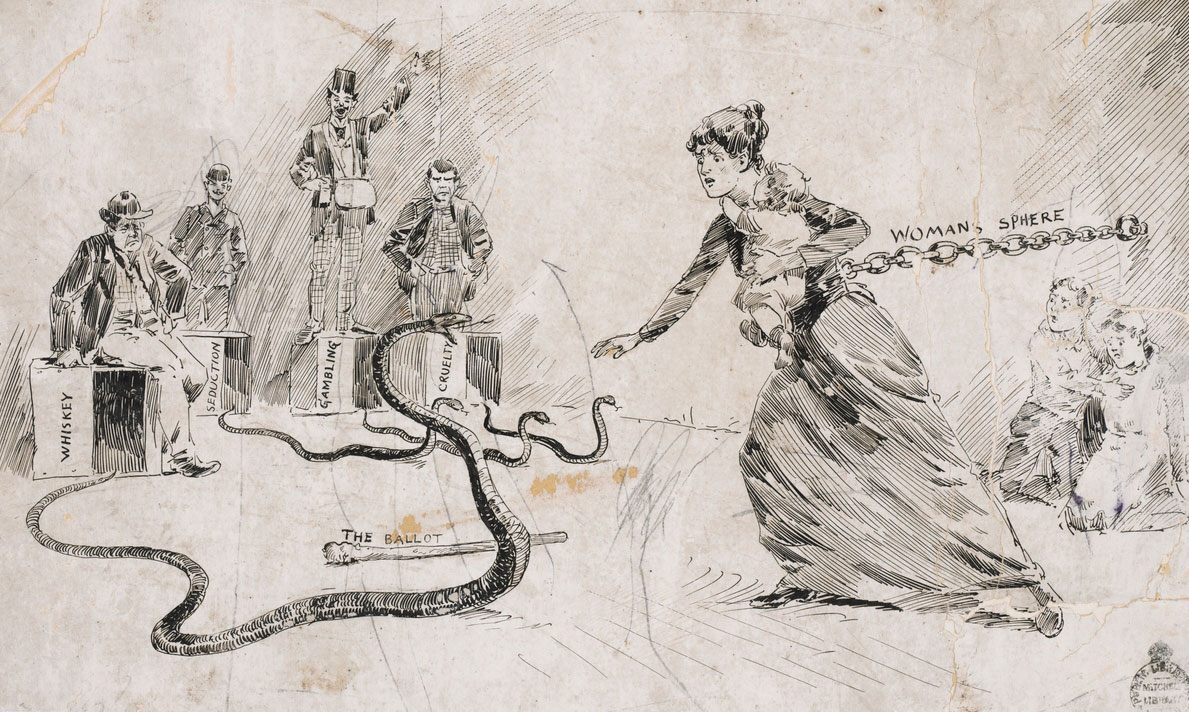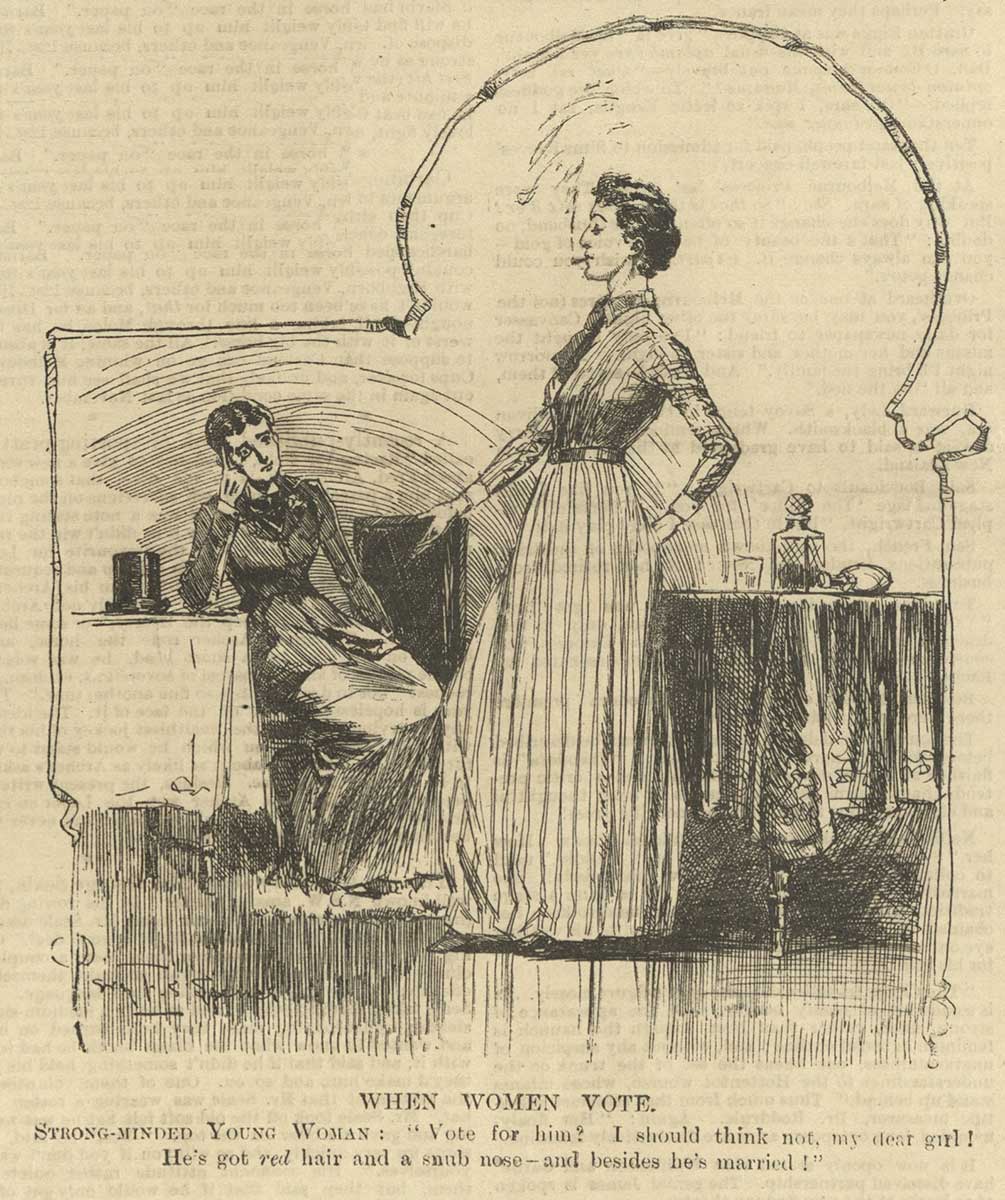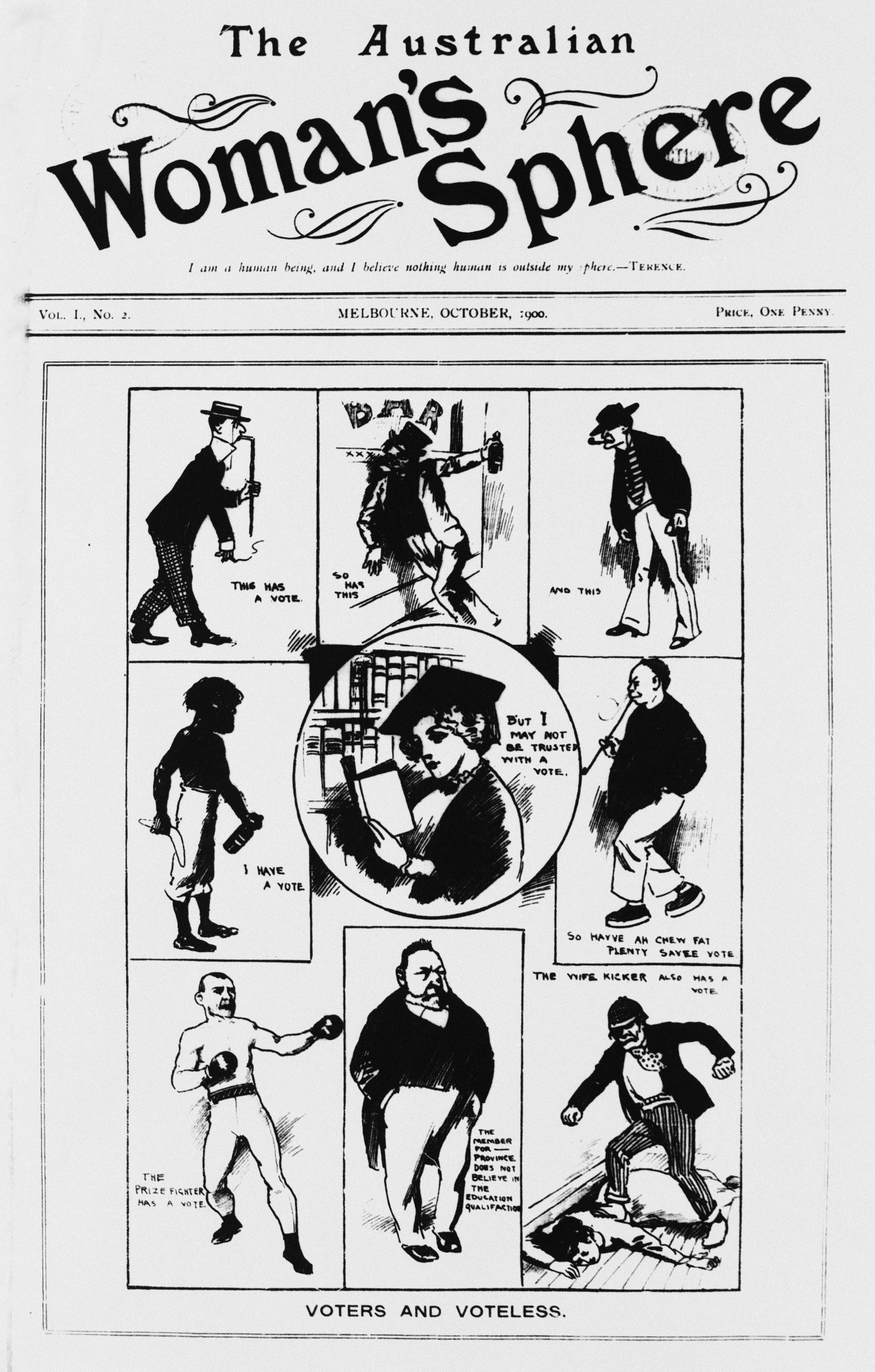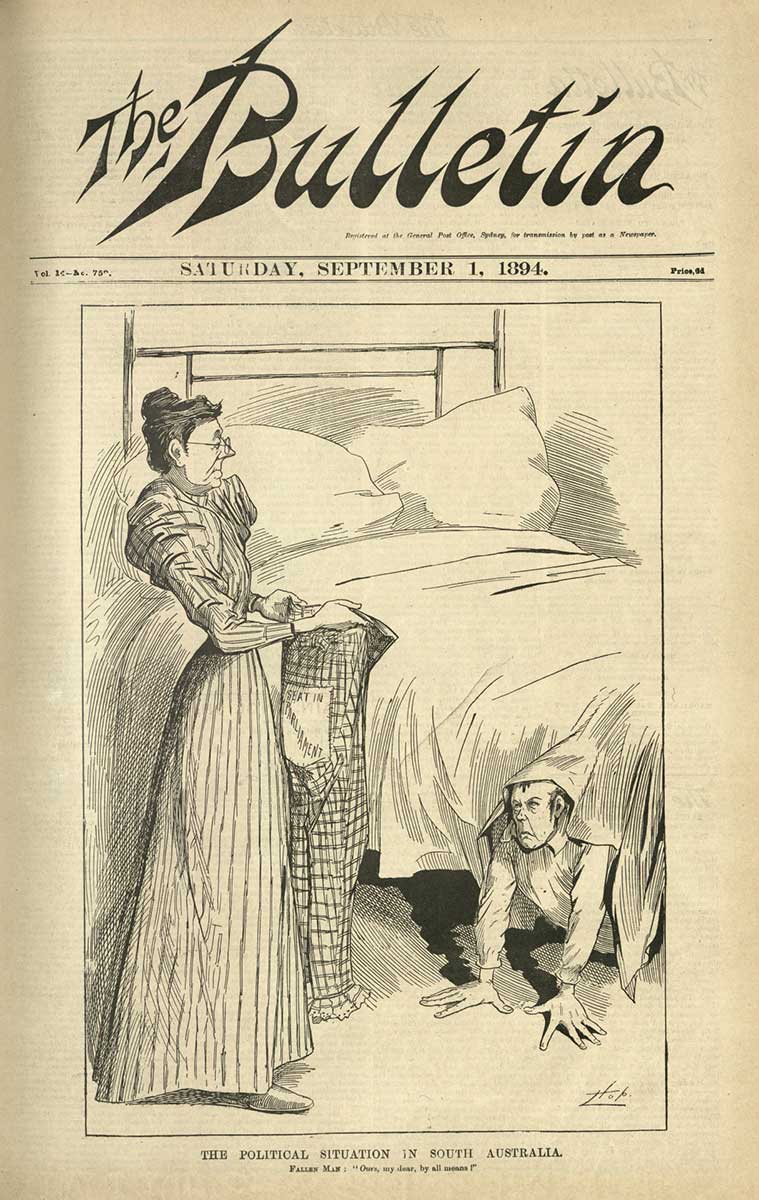Learning module:
Making a nation Defining Moments, 1750–1901
Investigation 5: Making laws to make a difference?
5.7 Case study: When women gained the vote

Change is not inevitable in history — it has to be made to happen.
Those things Australians take for granted today, such as the right of all adult men and women to vote, have not always been accepted values.
1. Imagine that women do not have the vote. List arguments that you would use to support women having the vote. List arguments that you think opponents might use to oppose it.
| Arguments in favour | Arguments against |
|---|---|
Part 1: Examining extracts from parliamentary speeches
2. Examine these six arguments from the debates in the Australian Parliament on the Commonwealth Franchise Bill 1902 proposing to give the vote to women. Some favour giving women the vote and some oppose it.
Choose which statements apply to each source.
3. Of those arguments in favour of giving women the vote which do you think might have been the most persuasive? Give reasons for your answer.
Part 2: Examining cartoons from the period
4. Now look at these four cartoons published about women’s suffrage in newspapers or magazines in Australia between 1891 and 1900. For each one decide:
- who the characters are
- what is being said
- whether the image is sympathetic or hostile to suffrage for women.
| Image A | Image B | Image C | Image D | |
|---|---|---|---|---|
| Who are the characters? | ||||
| What is being said? | ||||
| Is it sympathetic or hostile to women’s suffrage? |
5. Of those arguments opposed to giving women the vote which do you think might have been the most persuasive? Give reasons for your answer.
6. This case study started with the statement, ‘Change is not inevitable in history — it has to be made to happen.’ Do you agree with this statement in relation to women gaining the vote? Explain your answer.


















